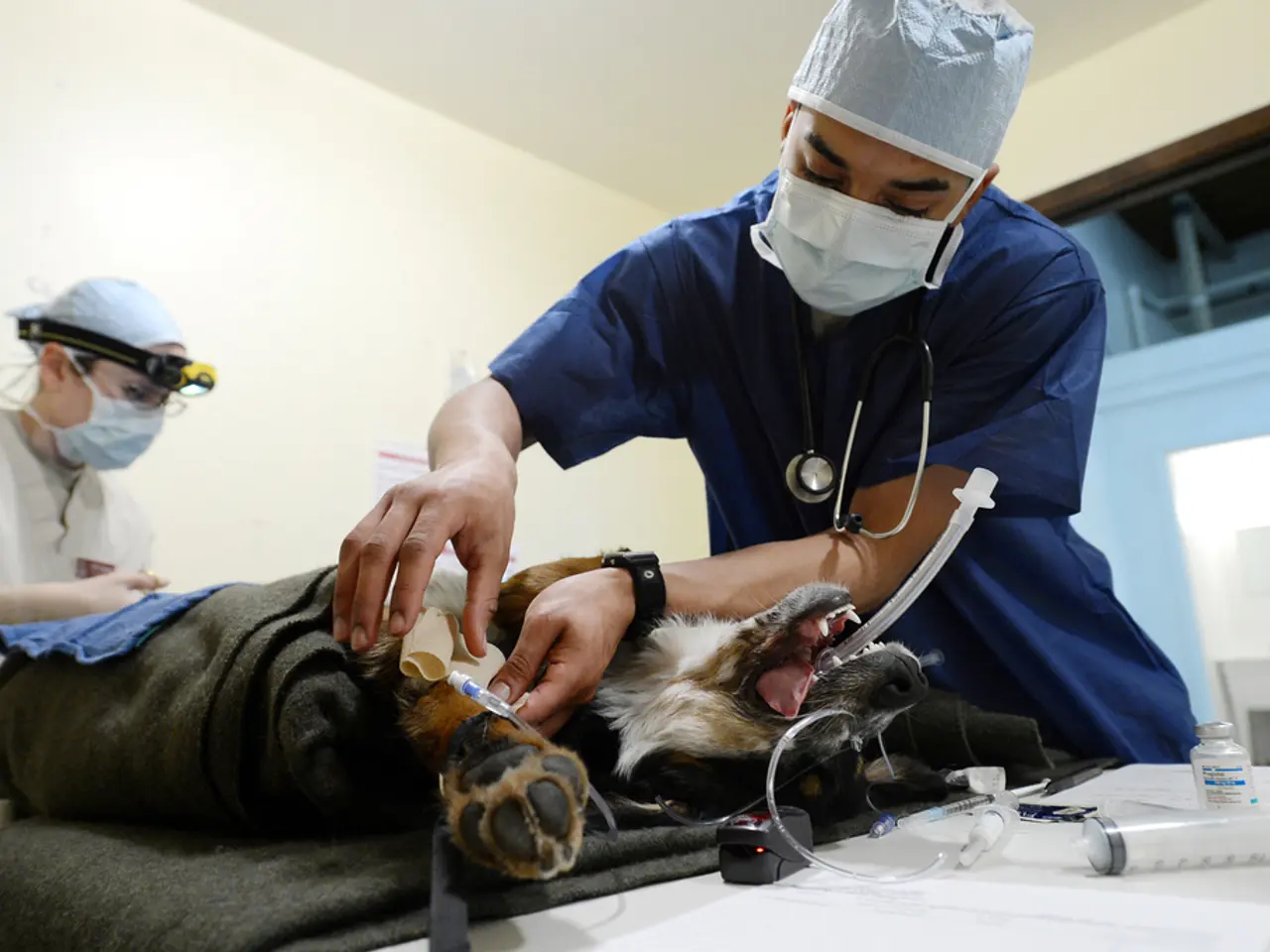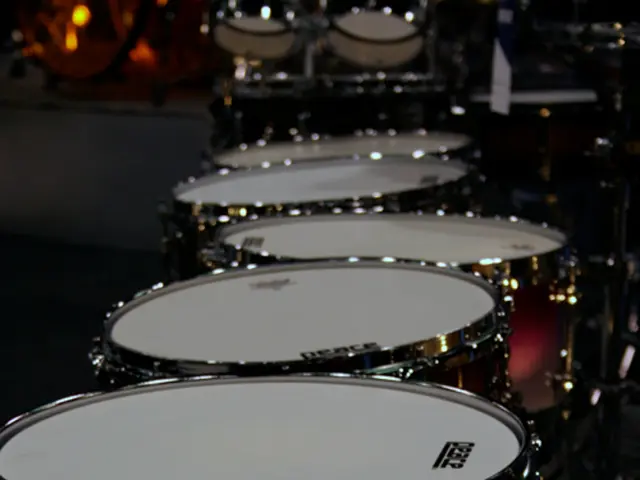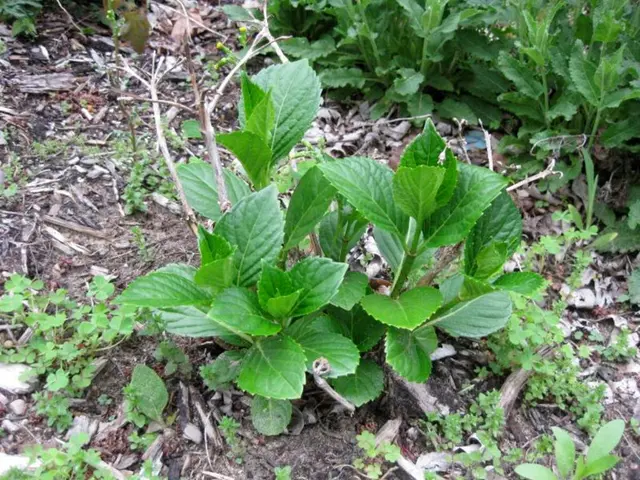Comprehensive Overview of Nose Reshaping Procedures in India
Rhinoplasty, a popular cosmetic surgery, is designed to reshape and resize the nose, enhancing both its appearance and functionality. Dr. Rajat Gupta, a specialist in this field, performs this procedure with precision and care.
During a rhinoplasty, three incisions are made: one within each nostril, one at the base of the nose, and one at the tip. These incisions allow the surgeon to access the underlying structure, which consists of four main divisions - the bone, upper cartilage, lower cartilage, and skin. Other types of cartilages include the central cartilage (septal cartilage), upper lateral cartilages, and lower lateral cartilages.
The surgery can address various issues, such as the size of the nose, the breadth of the bridge, the sight of humps or depressions, the placement of the nasal tip, the size of the nostrils, and the symmetry of both nostrils. For instance, a dorsal craft material, often made from cartilage extracted from the septum or ribs, or an implant, is used to correct a sunken or saddle nose.
The Piezotome is a tool used to correct a dorsal hump by raising the bone or resecting cartilage in the hump to create a straight centre line. On the other hand, the major alar cartilages can be resected or chopped off if the patient has a large nasal base, and they are then placed together for the new width.
Patients have the option of having general or local anaesthesia, with the choice depending on the individual case and the surgeon's recommendation. The recovery process includes wearing a splint or plaster on the nose for 7-9 days, and the bruising and swelling go away over the next few days. Patients can begin modest sports after 15 days, but heavier workouts should be resumed after a month and consultation with the surgeon.
Common reasons for seeking rhinoplasty in India include correcting congenital defects or injuries to the nose, improving nasal breathing (such as fixing a deviated septum), enhancing the appearance by reshaping, reducing size or removing bumps/humps, correcting asymmetry, and repairing trauma-related damage. Many patients also seek rhinoplasty to achieve better facial harmony or restore nasal form and function due to birth defects or trauma.
It is essential to note that rhinoplasty is different from septoplasty, a procedure used to correct a deviated septum and does not affect the shape of the nose. Rhinoplasty surgery is also used to address common nasal abnormalities, such as genetic deformities, a crooked septum, saddle nose, hooked nose, and dorsal hump.
Absorbable sutures are used to close the incisions, eliminating the need for a return visit to the physician. The skin is raised as a cover, revealing the underlying structure, and adjustments are made based on the patient's wishes.
In summary, rhinoplasty is a versatile surgery that can address various nasal issues, from cosmetic concerns to functional problems. It is a valuable tool for enhancing the appearance, improving breathing, and correcting defects or trauma.
References:
[1] Source 1 [2] Source 2 [3] Source 3 [4] Source 4
- Rhinoplasty, a common type of plastic surgery, is often performed for cosmetic and aesthetic purposes, aiming to reshape and resize the nose to improve its appearance and functionality.
- Dr. Rajat Gupta, a specialist in the field, carries out the surgery with precision and care, using scientific techniques to correct various nasal issues.
- The surgery invokes three incisions: at the base of the nose, at the tip, and within each nostril, giving the surgeon access to the bone, upper cartilage, lower cartilage, and skin.
- Food and nutrition play a crucial role in the recovery process, as patients should focus on maintaining a balanced diet and exercise routine to aid in healing.
- A blog post on health-and-wellness, fitness-and-exercise, or medical-conditions could further delve into the benefits and risks associated with rhinoplasty, providing valuable insights for potential patients.






